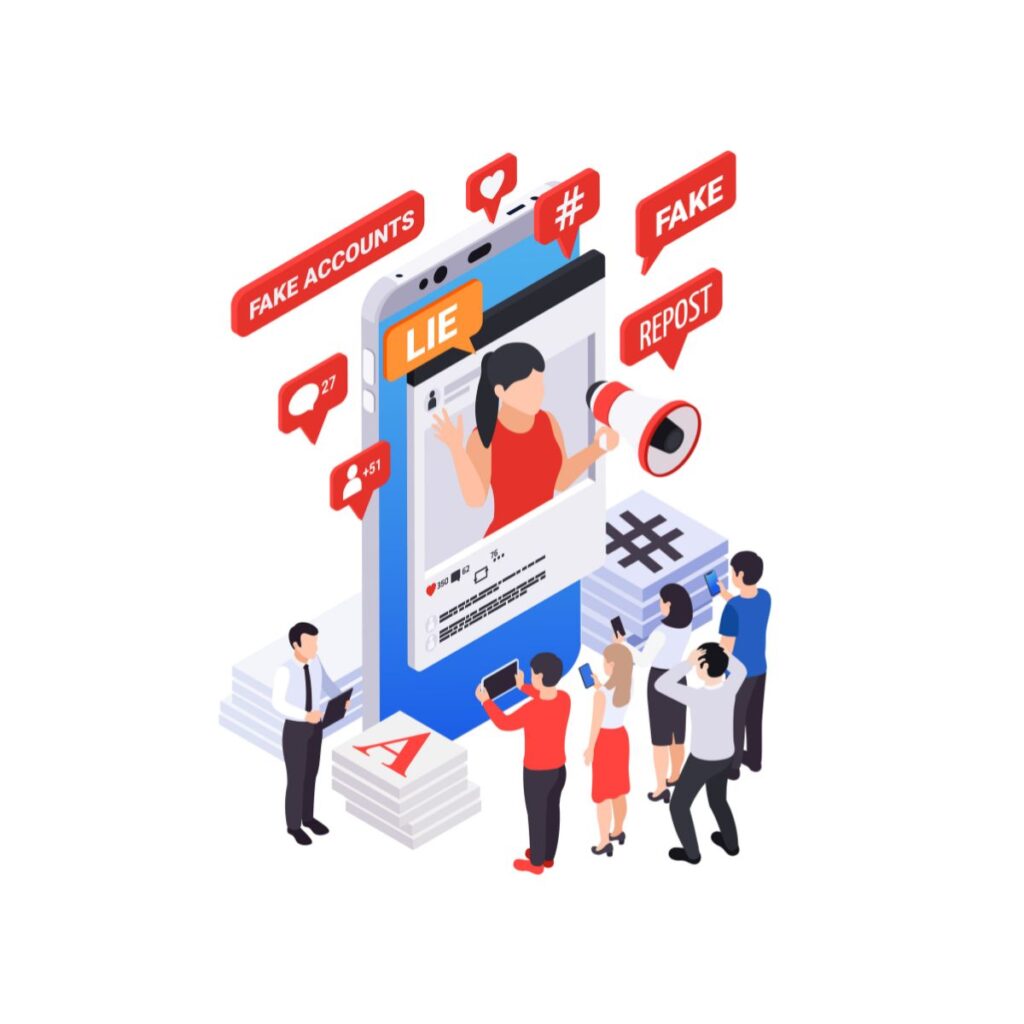What is a Web Application Firewall?
A web application firewall (WAF) is a security solution designed to protect web applications by filtering, monitoring, and blocking harmful HTTP traffic. Unlike traditional firewalls that safeguard networks, WAFs focus on the application layer, defending against threats like SQL injections, cross-site scripting (XSS), and session hijacking.
Best Cloud-Based Web Application Firewall Solutions
Cloud-based WAF solutions offer unparalleled flexibility and scalability. Providers like AWS Web Application Firewall and Azure Web Application Firewall deliver robust protection for businesses of all sizes. With their pay-as-you-go models, these solutions are cost-effective and easy to deploy.
Learn how Bornsec can strengthen your web application security.
Web Application Firewall vs Firewall: Key Differences
While both WAFs and traditional firewalls protect your infrastructure, they serve different purposes. Firewalls safeguard networks by blocking unauthorized access, whereas WAFs focus specifically on securing web applications from cyberattacks. Deploying both ensures comprehensive security.
How Does Web Application Firewall Protect Against DDoS Attacks?
Distributed Denial of Service (DDoS) attacks can cripple websites by overwhelming servers with fake traffic. WAFs mitigate this risk by filtering malicious requests and ensuring legitimate traffic flows uninterrupted. Advanced features like AI-powered WAF advantages enhance detection and response capabilities.

Top Web Application Firewall Features for Cybersecurity
- Real-Time Traffic Monitoring: Detect Anomalies Instantly
Real-time traffic monitoring enables WAFs to analyze all incoming and outgoing traffic continuously. This helps in identifying unusual patterns, such as spikes in requests or unusual geolocations, that may indicate a cyber threat. Quick detection minimizes the risk of exploitation by allowing immediate mitigation actions. - Advanced Threat Protection: Block OWASP Top 10 Threats
WAFs provide advanced security mechanisms to detect and prevent OWASP Top 10 vulnerabilities. These include common threats like SQL injection, cross-site scripting, and insecure deserialization. By blocking these, WAFs ensure a robust first line of defense for web applications. - Customizable Rules: Tailor Security Policies to Your Needs
Customizable rules allow organizations to define security protocols based on their unique requirements. Businesses can adjust rules to whitelist trusted sources or block specific traffic patterns. This flexibility ensures precise and effective protection without over-restricting legitimate access. - Scalability: Ensure Consistent Performance During Traffic Spikes
A scalable WAF adapts to fluctuations in web traffic, such as seasonal surges or unexpected demand increases. It ensures that legitimate requests are processed without delay, even under heavy load. This capability is essential for maintaining user experience and preventing downtime. - Integration with Network Firewall Security: Create a Holistic Defense Strategy
Integration with network firewall security ensures a multi-layered approach to safeguarding digital assets. While the WAF protects web applications, network firewalls focus on broader traffic filtering. Together, they deliver comprehensive coverage against both internal and external threats.
Web Application Firewall Deployment Best Practices
Deploying a WAF effectively requires planning:
- Understand Your Application’s Needs: Identify vulnerabilities.
- Choose the Right Solution: Consider cloud firewall or on-premises options.
- Integrate Seamlessly: Ensure compatibility with your existing infrastructure.
- Regular Updates: Stay ahead of emerging threats by updating rules and configurations.
Web Application Firewall OWASP Compliance
Adhering to OWASP standards is crucial for cybersecurity. A WAF helps organizations meet these benchmarks by mitigating the most critical web application vulnerabilities, such as injection flaws and cross-site scripting.
Bornsec’s Advanced WAF Services: Comprehensive solutions tailored to your business needs.
AI-Powered Web Application Firewall Advantages
Artificial intelligence is revolutionizing WAF capabilities. AI-powered solutions:
- Analyze traffic patterns to detect threats in real-time.
- Automate responses to minimize human intervention.
- Enhance accuracy in distinguishing between legitimate and malicious traffic.
Types of Firewalls: Application Level Gateway and More
In addition to WAFs, other firewall types include:
- Application Level Gateway
Application Level Gateway acts as a security filter specifically for individual applications. It scrutinizes requests to prevent unauthorized data access and monitors user authentication. This makes it ideal for businesses relying heavily on specific software tools. - Network Firewalls
Network Firewalls are designed to protect an entire network infrastructure by filtering incoming and outgoing traffic. They act as a barrier, preventing unauthorized access while ensuring legitimate traffic flows smoothly. These are essential for perimeter defense in large enterprises. - Cloud Firewalls
Cloud Firewalls offer scalable and remote protection, perfect for businesses using cloud environments. They adapt dynamically to traffic demands, ensuring robust performance. With features like real-time monitoring, they secure data stored and processed in the cloud.
Choosing the right combination of these firewalls, including a WAF, ensures a comprehensive, multi-layered security strategy to address diverse cybersecurity needs.
Web Application Firewall Vendors
Leading WAF vendors include:
- AWS Web Application Firewall: Ideal for cloud-based applications.
- Azure Web Application Firewall: Seamless integration with Microsoft’s ecosystem.
- Custom Solutions: Tailored for specific business needs.
Explore in-depth Web Application Firewall in this comprehensive guide.
“Even if we do not talk about 5G (specifically), the security talent in general in the country is very sparse at the moment. We need to get more (security) professionals in the system”




